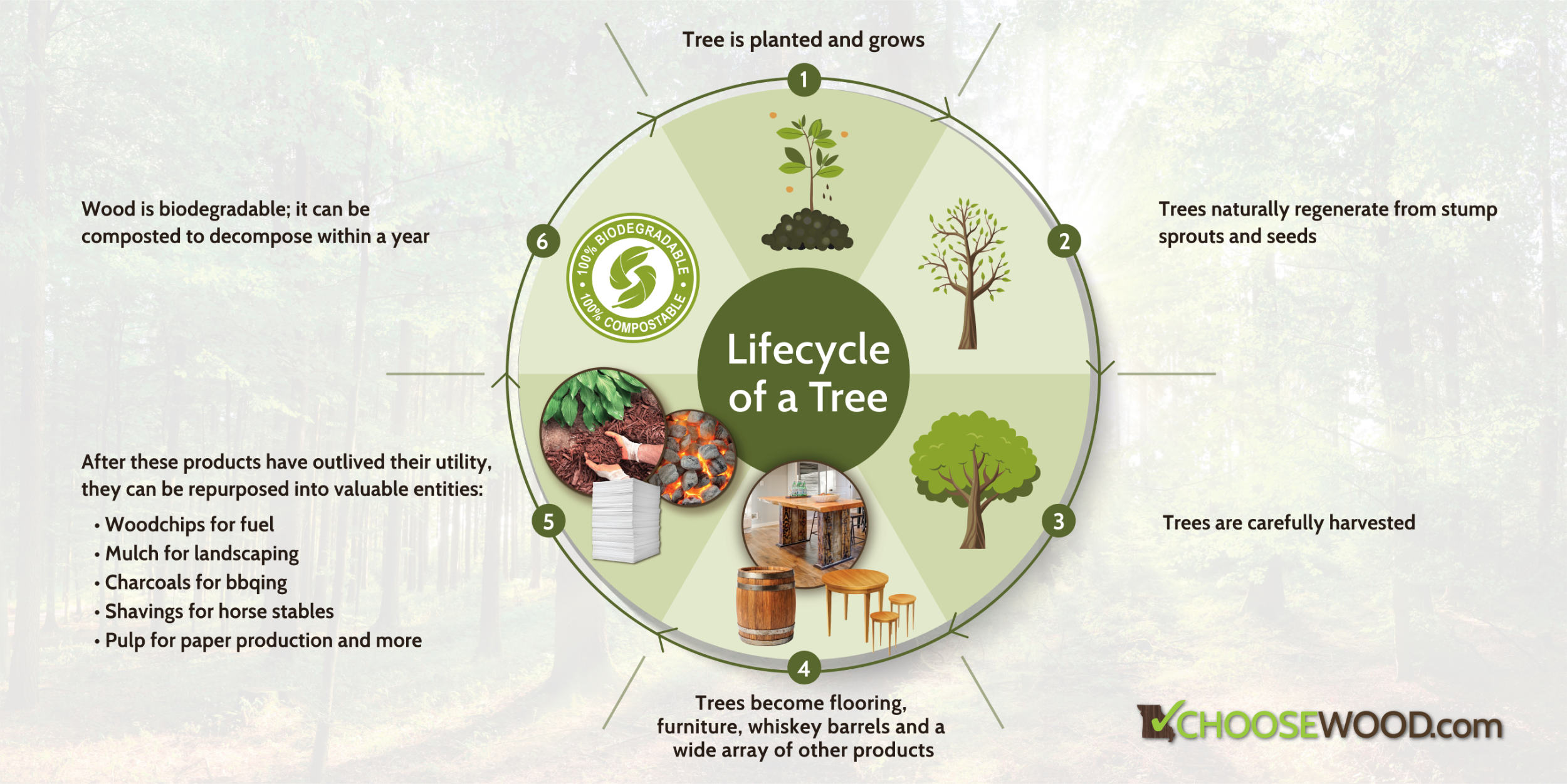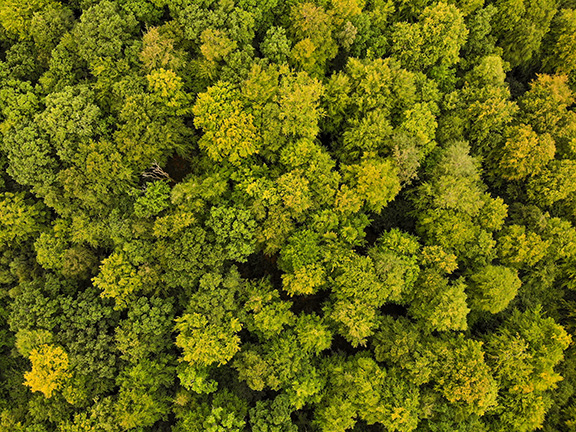
There are over 192,000 family-owned forests in Missouri greater than 10 acres in size, accounting for 85% of the total number of the state’s 15.6 million forested acres2. Proper management of these family-owned forests is vital for sustaining Missouri’s natural resources and high quality of life.
Wood Uses Less Energy
Did you know that wood products make up 47% of all industrial raw materials manufactured in the U.S., but they consume only 4% of the energy required to produce those materials?
- Cement uses 5x more energy
- Glass uses 14x more energy
- Steel uses 24x more energy
- Aluminum uses 126x more energy
Source: engineered Wood Association, apawood.org)
Wood produces zero waste
Unlike other manufactured products that end up in landfills because they can’t be recycled, wood is a zero waste product, with all the parts of the tree being used. Do you know where else your wood products can go when you’re done with them?
Common Misconceptions
The Forest Products Industry Does Not Cause Deforestation
A heavy issue in recent years has been that of deforestation, or the process of clear-cutting and fully removing trees to repurpose land for agriculture, construction, or manufacturing use. The Forest Products Industry promotes the careful harvesting and managing of forests. It does not eliminate forests – or deforest – at all.
Private timberlands supply approximately 89% of the total timber volume harvested annually in the United States. These private lands demonstrate higher average annual growth and lower average annual mortality of trees than public lands, owing in part to varying regional forest conditions and more active management.1
The forest products industry conducts voluntary education programs to ensure self-regulation of logging Best Management Programs. They also have established a voluntary Master Logger Program that requires a third party audit of harvesting practices for willing participants. Missouri forests typically naturally regenerate following a harvest but tree planting occurs if the landowner desires a change in species composition of their forest.
Deforestation only occurs if the landowner has a desire to permanently change the land use designation of the property. In fact, Missouri has steadily gained forest land acreage from year to year. State and local regulations and laws may govern the landowners ability to change land use classifications from forest to some other use, such as a building or parking lot.
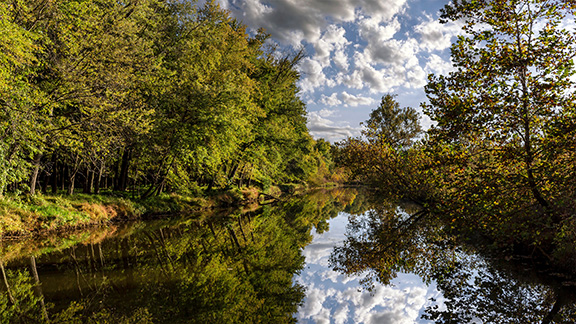
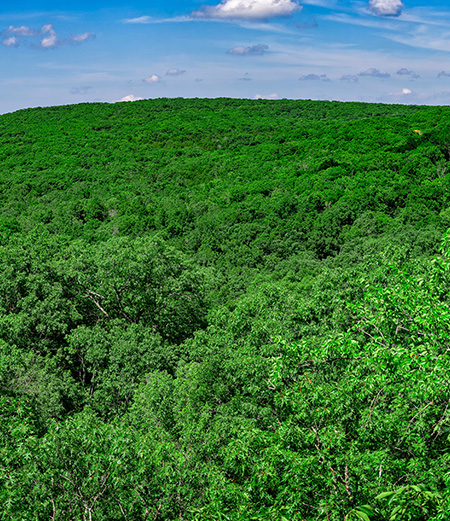

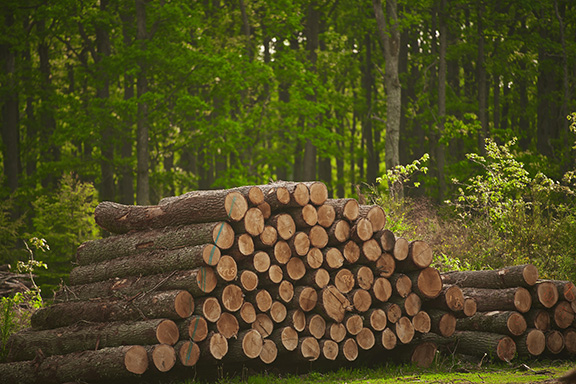
More Misconceptions
Wood Manufacturing Does Not Have a Large Carbon Footprint
Wood products make up almost half of all industrial raw materials but use just 4% of the total energy required to make these materials.
The logging industry usually targets the largest trees, which are the most mature. Once these trees are cut, sunlight reaches the ground to encourage the growth of new trees. The photosynthesis process of these trees removes carbon dioxide from the air and produces oxygen resulting in cleaner air for everyone.
1. (Sustainable Forests Review 2020)
2. USDA Forest Service’s National Woodland Owner Survey (2017)
